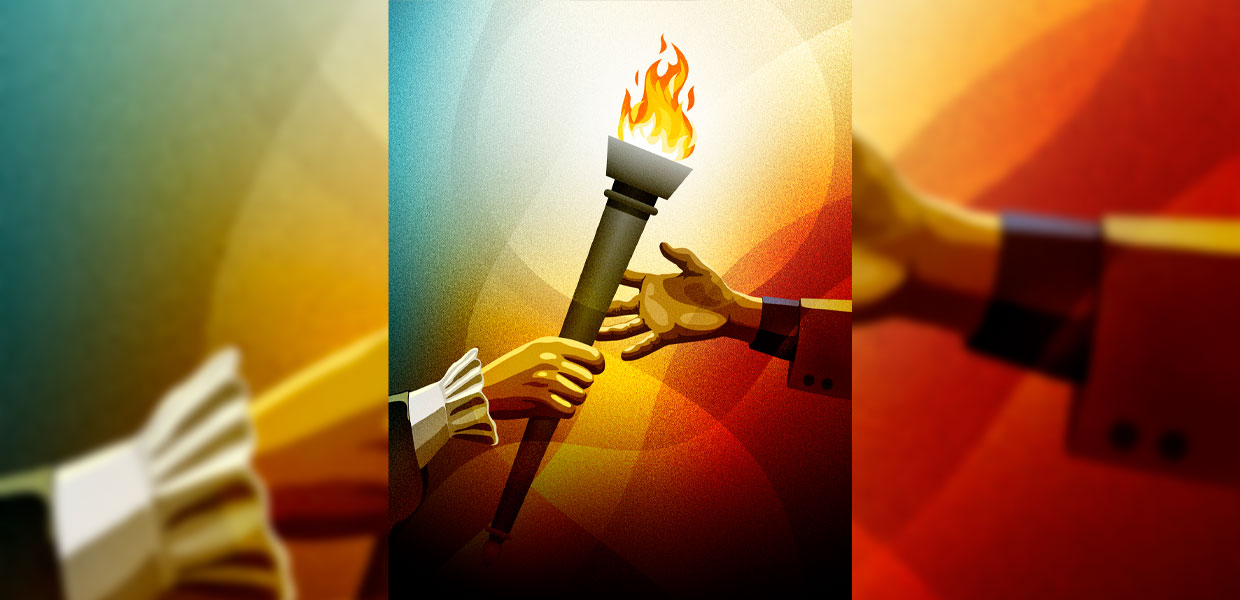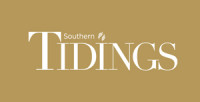
I love January. It is a time of new beginnings: resetting our resolve to do the right thing, eat the right thing, move more often, pray more earnestly, study more diligently — a time to resolve to be better Christians as we set a new pace for the year. It is exciting also because we start each year in our churches celebrating the divine gift of religious freedom, given by God, and defended by each one of us. Seventh-day Adventists have long held religious liberty high on the list of priorities. Protecting religious liberty should be as important to us as loving our neighbor and as individualized as our preferred places of worship.
Our founding fathers embarked upon an attempt at a better form of government — a government formed by the people and for the people, a government in which religious freedom was enshrined into the Bill of Rights. This new government gave both individual freedom and collective freedom to individuals regarding religion. Our founders also allowed for free religious expression. We created a new form of government different from the examples to be had in the history of the day. But, it would be a rewriting of history to think that nothing remained from the old ways of governing, and so, in truth, even under the newly established government, some state churches remained until the early 1800s. As our nation continued to grow and define itself through the Bill of Rights, the trajectory of liberty in our nation grew as well.
Those ideas espoused in the first amendment, that “Congress shall make no law respecting an establishment of religion or prohibiting the free exercise thereof,” have been the very foundation of our free society, one in which religion and the state have prospered by remaining out of each other’s business. And, while we are just 12 months away from celebrating our 250th year as a nation, there remain threats to our fundamental first amendment rights.
The religious liberty ministry is meant to be a watchman set upon the wall to call out what we see. We employ discernment not based on political bents, but on prophetic understanding. Our job in the Religious Liberty Department demands we employ a conscious neutrality, free from the current divisive politicization of religious liberty. In employing this neutrality, we must examine issues from a cause and effect standpoint.
We have long watched for cracks in the wall with free exercise of religion, and in part this has been a big reason for our Sabbath accommodation work, as it impacts liberty of conscience to practice our religious belief. But now we also see that The Wall is in jeopardy. What wall? It is that metaphorical wall that separates “the garden of the Church from the wilderness of the world,” as Roger Williams, religious liberty advocate and a founder and the first governor of Rhode Island, so eloquently puts it. It is a wall that more Americans are now disavowing because they say that separation is not in the Constitution. This is correct only in wording, but incorrect in theory and interpretation of how our democracy has moved forward once our framers passed the Bill of Rights. Many are not aware that the U.S. Constitution was not signed until 1787, and ratified in 1790.
And, the Bill of Rights was ratified in 1791. These documents brought new understanding to religious liberty, and secured it for us.Should we not be concerned when legislators say they do not believe in the separation of church and state? The rhetoric of many in our society today is animosity towards those who believe church and state must stay separate. This means that, one day, animosity will turn towards anyone who professes that religious freedom is best protected by keeping the wall of separation strong and well maintained. It also means that those who demand the state keep out of church affairs will be “dealt with appropriately.”
We should be on guard when we hear legislators who have stated that separation of church and state is a “misnomer” or “misunderstanding,” and referred to “church and state junk that’s not in the Constitution.” We should be on guard when Christians demand the right to tell the government what to do. We should be on guard when the government mandates Bible classes or the posting of the 10 Commandments in public schools. Instead, ask yourself, why would people professing Christianity want to tear down a wall that keeps government out of church’s business and church out of government’s business?
Throughout history, when church and state combine, it is the church that suffers. Prophecy makes clear that the second beast of Revelation 13:11 comes from the Earth and has the features of two lamb-like horns. These horns are presentative of a lamb, but they crown the head of a beast, as sometimes illustrated as an American bison. These two lamb-like horns represent the gentleness of a lamb (Christlike), but the Bible says it speaks like a dragon. The additional imagery of this beast is that the two horns also represent the separation of church and state, and thus this beast of the earth represents The United States. From Ellen White’s time onward, we believe the Bible when it says the power that represses religious freedom will pretend to be religious. Revelation 13:14-15 speaks of the healing of the sea beast, thus restoring a political-religious system that is medieval and, dare I say, draconian in its conception.
Our time-honored work of defending religious liberty continues. We are more than watchmen; we are also torchbearers. Those who went before us have passed the light on to us. The work of defending freedom and liberty is something we inherited and will pass down to the next generation, as we work to share the Gospel to the world. For more than 160 years this group of Sabbath keepers has believed in protecting the rights enshrined in the First Amendment. We have fought for liberty and justice, and this is now our legacy. Don’t let the light go out.
Southern Union | January 2025



Comments are closed.